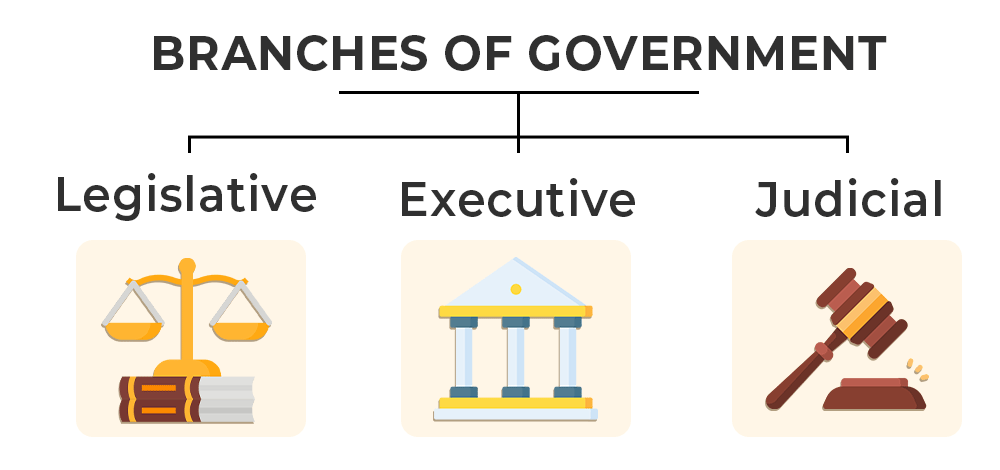Abdullah Kamran
Search Engine Optimization (SEO) refers to the strategies used to enhance a website’s visibility on search engines like Google, without having to pay for advertisements. By focusing on organic (unpaid) methods, SEO helps businesses rank higher on search engine results pages (SERPs), thereby driving more traffic and improving brand awareness. Essentially, SEO is a form of digital marketing that aims to make a website more appealing to both search engines and users.
The SEO process revolves around four key components: keyword research, on-page SEO, off-page SEO, and technical SEO. Keyword research identifies the terms potential visitors search for, while on-page SEO optimizes your website’s content to target these keywords effectively. Off-page SEO builds your site’s reputation by acquiring backlinks from other reputable sites. Lastly, technical SEO ensures your website is user-friendly and easily navigable by search engine bots, which is crucial for ranking.
SEO vs. Search Engine Marketing (SEM)
It’s important to distinguish between SEO and SEM, as they both aim to enhance visibility on search engines but through different means. SEO focuses solely on organic methods, generating unpaid traffic over time. SEM, on the other hand, combines both paid (like Pay-Per-Click or PPC ads) and unpaid search strategies. PPC offers immediate visibility by paying for top positions in search results, while SEO is a long-term approach that builds traffic over time. Organic results generally enjoy a higher click-through rate as users tend to trust them more than paid ads.
The Importance of SEO
SEO is critical for digital marketing because it helps companies tap into the vast audience that uses search engines to find products and services. For instance, the outdoor retailer REI draws millions of visitors every month thanks to its effective SEO strategy. Without SEO, a business risks losing visibility in relevant searches, potentially losing out to competitors. A higher ranking in search results usually translates to more clicks, leading to increased traffic and higher conversion rates. Additionally, SEO enhances the user experience, which can lead to longer site visits, more engagement, and, ultimately, more conversions.
How Search Engines Work
Search engines use complex algorithms to rank content, aiming to provide users with the best possible search experience. They do so by crawling, indexing, and ranking websites. Crawling refers to search engines using bots to discover new content, indexing involves adding that content to a database, and ranking is the process of displaying the most relevant content in response to a user’s search query. To rank well, a site must align with search engine criteria, such as content relevance, keyword usage, and page load speed.
Pl, watch the video and subscribe to the YouTube channel of republicpolicy.com
Types of SEO
Several different types of SEO contribute to overall search visibility:
- On-page SEO: This involves optimizing individual pages on a website to target specific keywords and provide the best possible content for users. Proper use of keywords in titles, descriptions, and headers helps search engines understand what a page is about.
- Off-page SEO: This focuses on improving a site’s reputation through external efforts like link building, social media, and online reviews. High-quality backlinks signal to search engines that your website is trustworthy and valuable.
- Technical SEO: This involves ensuring that search engines can crawl and index a website effectively. Key aspects include improving site speed, making a site mobile-friendly, and optimizing the site’s structure to help both users and bots navigate it more easily.
- Local SEO: Local SEO targets location-based searches. It’s crucial for businesses with physical locations, as it helps them rank higher in searches that include location terms, such as “near me” queries.
- Video SEO and Image SEO: Both of these types of SEO optimize multimedia content to appear in relevant search results, driving traffic from platforms like YouTube or Google Images.
How to Get Started with SEO
To implement SEO effectively, start by conducting a technical audit to ensure that search engines can crawl and index your website. Next, conduct keyword research to understand what your target audience is searching for. Creating high-quality content that addresses user intent is critical for ranking. Additionally, building backlinks from reputable sites will enhance your site’s authority. Monitoring performance with tools like Semrush can help track progress and refine your strategy over time.
SEO is a foundational element of any successful digital marketing strategy. By improving a website’s visibility in search engines, businesses can attract more organic traffic, improve user engagement, and boost conversions. Though SEO requires ongoing effort and adaptation, it can provide a high return on investment in the long run.

















